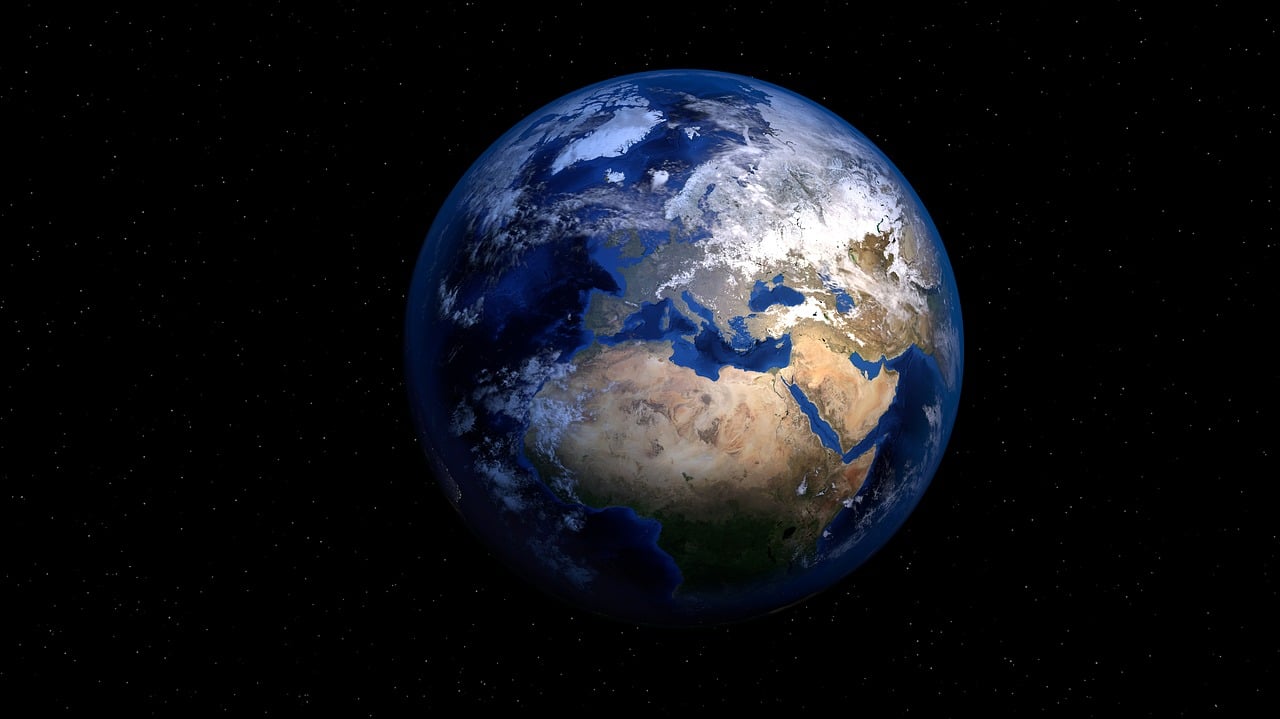Earth’s protective ozone layer suffered the consequences of man-made climate change, but it is finally recovering. According to a new United Nations report, the ozone layer is healing from the damage caused by aerosol sprays and coolants. The question now is how long it will take until it’s back to normal.
The ozone layer has been depleting since the late 1970s. Since then, scientists urged officials to raise the alarm and ban ozone-depleting chemicals as soon as possible. As a result of these urgent actions, the upper ozone layer above the Northern Hemisphere should be completely repaired by 2030, while the huge Antarctic ozone hole is expected to close in 2060, according to a scientific report released on Monday at a conference in Quito, Ecuador. The report indicates that the Southern Hemisphere lags slightly behind, so the ozone layer above that part of the Earth should be closed by mid-century.
“It’s really good news,” report co-chairman Paul Newman, chief Earth scientist at NASA’s Goddard Space Flight Center, told the Associated Press. “If ozone-depleting substances had continued to increase, we would have seen huge effects. We stopped that.”
Earth’s protective ozone layer protects us from ultraviolet rays which cause skin cancer, crop damage and other problems. Man-made chemicals like chlorofluorocarbons (CFCs), which release chlorine and bromine, were the first to eat away the layer. In 1987, countries around the world agreed to the Montreal Protocol, which bans CFCs, and to come up with replacements for spray cans and other uses.
At its worst, during the late 1990s, about 10% of the upper Earth’s ozone layer was depleted, according to Newman. This year, the ozone hole over the South Pole peaked at about 9.6 million square miles. That’s roughly 16% smaller than the biggest hole ever recorded, which was 11.4 million square miles in 2006. The hole peaks in September and October and then begins to disappear through November and December until the next spring in the Southern Hemisphere, Newman told the AP.
There’s still a lot of work to be done, according to University of Colorado’s Brian Toon, who didn’t participate in the report.
“We are only at a point where recovery may have started,” Toon said, pointing to some ozone measurements that haven’t increased yet.
A new technology picked up an increase in emissions of banned CFCs out of East Asia, according to the report. The ozone hole has also slightly protected Antarctica from other larger effects of global warming. While the area heated up to alarming levels, it would have heated up even more if the ozone layer hadn’t been depleted, according to report co-author Ross Salawitch, an atmospheric scientist at the University of Maryland.
This means that when the hole is totally closed, the Earth’s protective ozone layer will actually worsen human-induced climate change, according to the scientists. They can’t yet say how much a healed ozone hole would warm Antarctica, but they also know the immediate effects of ozone depletion on the world and human health.
Thus, “It would be incredibly irresponsible not to do this,” Salawitch said.





